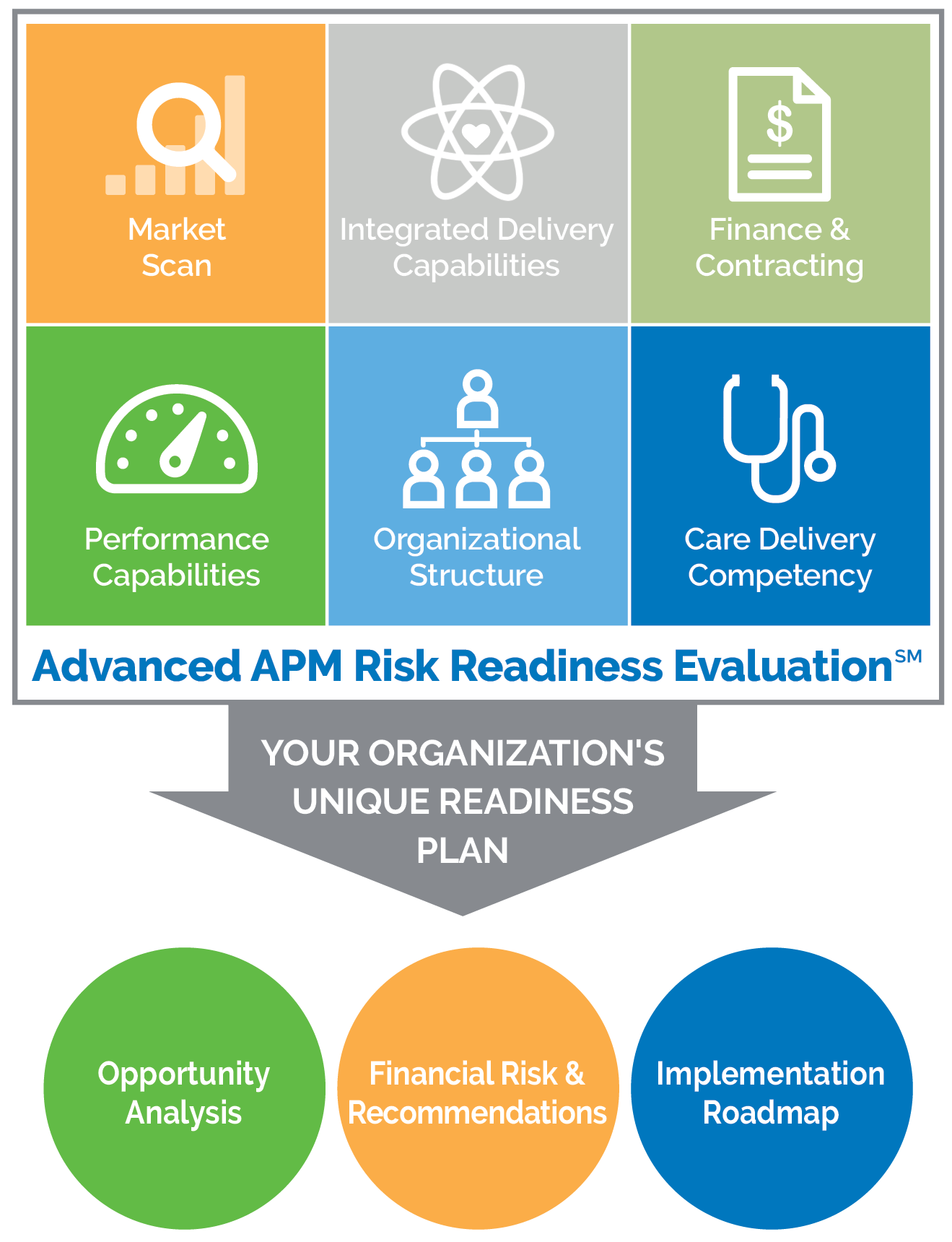Table of Content
It is effective for home health claims with From Dates on or after April 1, 2020. NAHC will continue to work in partnership with Congress to secure sensible payment reforms and to protect the 3.5 million Medicare beneficiaries who receive home health services throughout the country. Last week, CMS issued the FINAL rule for the 2020 payment model, PDGM, including rates of payment that will start January 1, 2020.
In addition, the FINAL rule includes unrelated adjustments in other rules affecting home health, including the 2021 home infusion therapy benefit, quality measures and the Home Health Value Based Purchasing Demonstration program. The Proposed Rule also encourages payers to adopt gold-carding programs, where payers relax prior authorization requirements for providers that have a demonstrated history of compliance with all payer documentation requirements to support the requests, appropriate utilization of items or services, or other evidence-driven criteria. As noted in the Patient Access API description, there are a few key pieces of information which payers are responsible for sharing with patients and providers within clear timelines under the Proposed Rule.
Daylight Saving Time Info
The report does not include legislative recommendations, as additional analyses would need to be done prior to testing or universal implementation of a unified PAC payment system. The CMS 2023 final rule is better news for home health agencies than initially expected, but major concerns exist about whether the CMS payment adjustment methodology is consistent with the Medicare law on budget neutrality and will allow proper access to care over the long term. CMS proposes to require impacted payers to share certain prior authorization information through the Health Level 7® (HL7®) Fast Healthcare Interoperability Resources® (FHIR®) standard Patient Access API. Leslie Levinson is co-chair of the firm's Transactional Health Law Group and a member of both the Health Law and Business Transaction Groups.

The Proposed Rule also notes that the Medicare FFS program is evaluating opportunities to improve automation of prior authorization processes, and, if the Proposed Rule is finalized, Medicare FFS would align its efforts for implementing its requirements as feasible. CMS will stop using the number of therapy visits provided to determine payment to home health agencies and instead rely more on clinical characteristics and other patient information, such as diagnosis and functional level, to determine reimbursement. Next year, net Medicare payments to home health agencies will increase by 1.3 percent, or $250 million. Some states have laws and ethical rules regarding solicitation and advertisement practices by attorneys and/or other professionals. The National Law Review is not a law firm nor is intended to be a referral service for attorneys and/or other professionals.
Home Health Prospective Payment System (HH PPS)
He has represented private and public businesses throughout his more than 30-year career. Although Les maintains an active business law practice, he concentrates on the transactional, regulatory, and compliance representation of health care and life science clients, including home care and hospice companies, physician practices, hospitals, information technology and medical device companies, health care equipment providers, and health care investors... In addition, as proposed, the rule allows therapist assistants, rather than only therapists, to perform maintenance therapy. CMS states that this would allow them to practice at the top of their state licensure, give flexibility to home health providers and improve beneficiary access to these services. Section 2 of the Improving Post-Acute Care Transformation Act of 2014 requires areport to Congress on unified payment for Medicare post-acute care . Medicare PAC services are provided to beneficiaries by PAC providers defined as skilled nursing facilities , inpatient rehabilitation facilities , long-term care hospitals , and home health agencies .

However, likely the best news of the release, was the reduction of the controversial behavioral adjustment from 8.01% to 4.36%. However, it will still be imperative that agency clinicians accurately code and capture correct information on the OASIS to assure appropriate reimbursement and then also mitigate LUPA risks by providing appropriate visits based on that information. Unfortunately, the proposed rule still includes a “behavioral adjustment,” which amounts to a 4.36% reduction in base payment rates calculated on the assumption that HHAs will modify service and documentation practices in ways that would increase Medicare spending. The FINAL rule also offers some minor tweaks in the payment model and sets out 2020 payment rates for the first time.
Recent Updates
"These finalized measures are designed to improve patient safety by ensuring that the patient's medication list is provided to a provider and the patient as part of the discharge process," CMS said in a news release. Therapist assistants, as well as therapists, will be allowed to provide maintenance therapy under the Medicare home health benefit. In implementing the new model, CMS will use 30-day care periods rather than 60-day episodes of care as the payment unit. In response to recent occurrences of vaping related disorders, the NCHS is implementing a new diagnosis code, U07.0, Vaping-related disorder, into the International Classification of Diseases, Tenth Revision, Clinical Modification (ICD-10-CM), for reporting vaping-related disorders. Attend this webinar to learn more about the new FINAL rule and how it will directly affect your Medicare home health agency. Agencies will do a better job in diagnostic coding, especially when there are two or more codes that equally meet the definition for the primary diagnosis.

The CY 2020 Home Health Payment System Rate final rule was published last week and, as expected, the Patient-Driven Groupings Model will be implemented for 30-day periods of care starting on or after January 1, 2020. The good news is that CMS reduced the behavioral adjustment to 4.36%, which is just over half of the revised 8.39% estimates that were based on three assumed behaviors outlined in the Table 14 in the final rule. An analysis by the National Association for Home Care & Hospice found that 51 percent of agencies were in danger of going in the red under the proposed payment cuts. After strong opposition from home health providers and advocacy organizations citing the impact on older adults and their bottom line, CMS has reversed course—at least for now. The CMS final rule for 2023 includes an estimated increase to 2023 home health payments of 0.7 percent, or $125 million, compared with 2022. This Proposed Rule officially withdraws, replaces, and responds to the comments received from theDecember 2020 CMS Interoperability proposed rule, further builds on theMay 2020 CMS Interoperability and Patient Access final rule, and diverges from the December 2020 CMS Interoperability proposed rule in a few key ways.
Jodi Danielis a partner in Crowell & Moring’s Health Care Group and a member of the group’s Steering Committee. She is also a director at C&M International , an international policy and regulatory affairs consulting firm affiliated with Crowell & Moring. She leads the firm’s Digital Health Practice and provides strategic, legal, and policy advice to all types of health care and technology clients navigating the dynamic regulatory environment related to technology in the health care sector to help them achieve their business goals. CMS reports that it received approximately 251 individual comments on the December 2020 CMS Interoperability proposed rule by the close of the comment period on January 4, 2021. The agency explains that the December 2020 CMS Interoperability proposed rule will not be finalized due to the concerns raised by the commenters—including concerns related to the short comment period for stakeholders to conduct a thorough analysis and provide feedback, as well as the short implementation timeframes. For these reasons, CMS withdrew the December 2020 CMS Interoperability proposed rule.
The percentage of standard prior authorization requests that were denied, aggregated for all items and services. The percentage of standard prior authorization requests that were approved, aggregated for all items and services. CMS acknowledges that its PARDD API proposal will result in changes to the impacted payers’ customer service operations and procedures, and encourages payers to evaluate the procedural and operational changes as part of their implementation strategy, and to make appropriate resources available when the API is launched. With respect to quality, the rule removed one and added two quality measures regarding the transfer of patient information. In addition, CMS added several standardized patient assessment data elements.
However, CMS did not finalize its proposal to remove one question related to pain from the Home Health Consumer Assessment of Healthcare Providers and Systems survey, which is part of the Home Health Quality Reporting Program. CMS finalized a new case-mix classification model, the Patient-Driven Groupings Model , effective beginning January 1, 2020. The PDGM relies more heavily on clinical characteristics, and other patient information to place home health periods of care into meaningful payment categories. One case-mix variable is the assignment of the principal diagnosis to one of 12 clinical groups to explain the primary reason for home health services. Another concern about future adjustments was also posted in one of the MedPAC comments.
I checked our recently released PDGM Preview Report to evaluate which clinical groups and periods had the highest LUPA rates for CY 2019 episodes using the SHP National database. The charts below reflect the PDGM 30-day payment periods based on the proposed rule, and include the ten highest LUPA rate percentages for each of the 1st and 2nd period sequences. I expect this type of agency specific data will be very useful in targeting and managing LUPA outliers, leading to some of the behavior changes CMS is expecting. Under the Home Health Quality Reporting Program , which began in CY 2007, home health agencies are required to submit quality measure and standardized patient assessment data or are subject to a 2 percent reduction to their market basket increase for the year involved. There are 19 measures currently adopted in the HH QRP. Measures adopted for the HH QRP are publicly reported on the Home Health Compare website.
This suggests we should expect a second installment of the behavioral adjustment next year. Although CMS indicated they will begin to look at CY 2020 claims data to determine if the behaviors are occurring, it seems unlikely they will have enough data to properly evaluate. With the CY 2020 proposed rule, CMS looked at CY 2018 claims data processed as of March 31st, 2019. In the final rule there were changes to some of the PDGM components after including claims processed through July 31st. There will be limited claims processed in the first three months of next year to use for proposing changes for CY 2021.

No comments:
Post a Comment